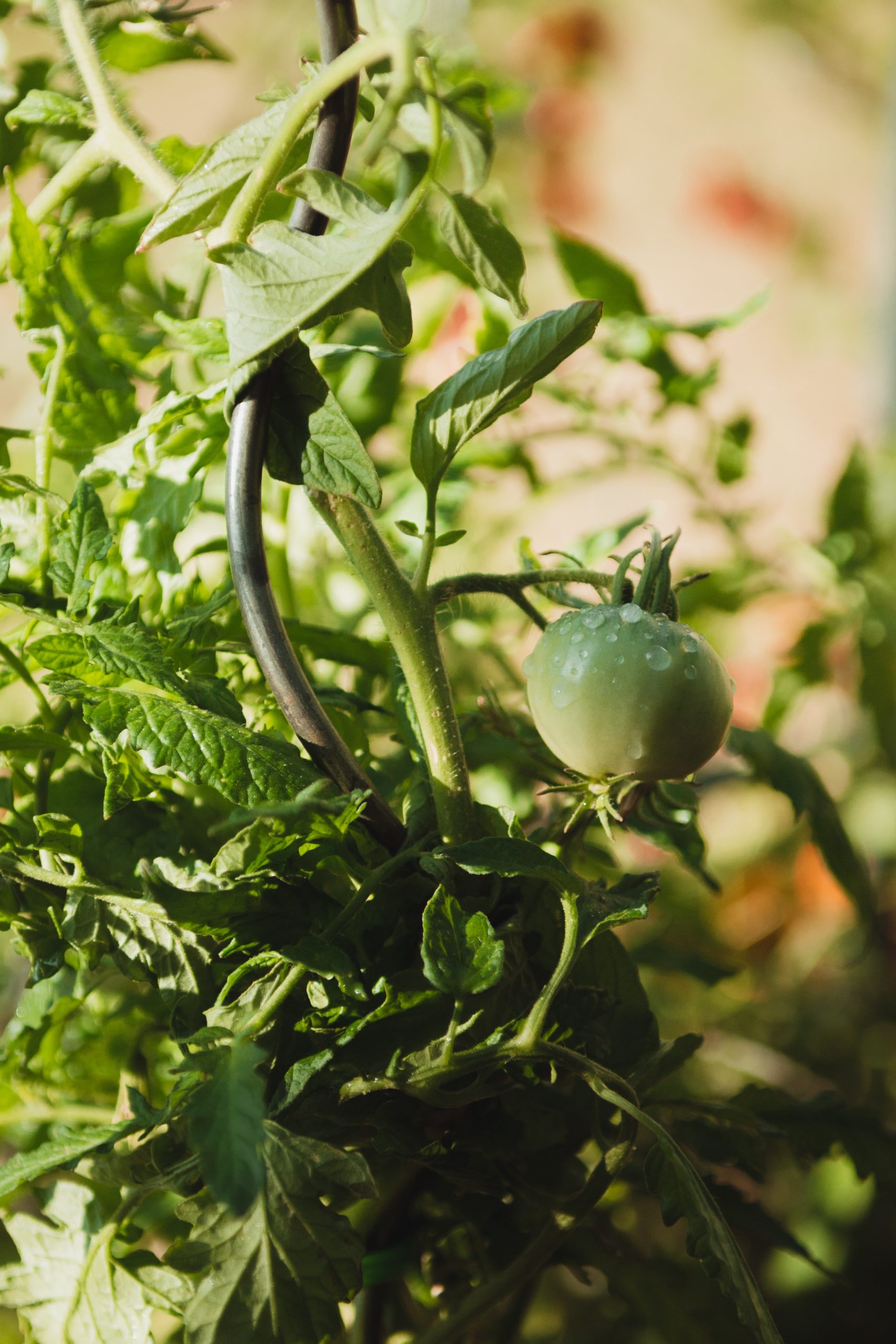Eating seasonally is a great way to support local farmers, reduce your carbon footprint, and enjoy the freshest and most flavorful produce available. However, it can be challenging to know what’s in season and how to incorporate seasonal ingredients into your meals. One solution to this problem is to create an edible landscape in your backyard or community garden. In this article, we’ll explore how an edible landscape can make seasonal eating easy and enjoyable.
What is an Edible Landscape?
An edible landscape is a garden that is designed to be both beautiful and productive. Instead of traditional ornamental plants, an edible landscape features a variety of fruits, vegetables, herbs, and edible flowers. The goal is to create a space that is not only aesthetically pleasing but also provides a source of fresh, healthy food.
Why Choose an Edible Landscape?
There are many benefits to creating an edible landscape. First and foremost, it allows you to grow your own food, which is both rewarding and cost-effective. Additionally, an edible landscape can help to reduce your carbon footprint by eliminating the need for transportation and packaging of produce. It also supports local farmers by reducing the demand for out-of-season produce that is often shipped from other countries.
How an Edible Landscape Makes Seasonal Eating Easy
One of the biggest challenges of seasonal eating is knowing what’s in season and how to use it. With an edible landscape, you have a constant source of fresh, seasonal produce right in your backyard. You can easily see what’s ripe and ready to harvest, and you can experiment with new recipes and flavor combinations based on what’s available.
For example, in the spring, you might have an abundance of asparagus, peas, and strawberries. You can use these ingredients to make a fresh and flavorful salad or a light pasta dish. In the summer, you might have tomatoes, cucumbers, and peppers, which are perfect for making a refreshing gazpacho or a hearty vegetable stir-fry. In the fall, you might have pumpkins, squash, and apples, which can be used to make a comforting soup or a delicious pie.
Tips for Creating an Edible Landscape
If you’re interested in creating an edible landscape, here are a few tips to get you started:
1. Choose the right plants: When selecting plants for your edible landscape, choose varieties that are well-suited to your climate and soil conditions. Consider factors such as sun exposure, water requirements, and pest resistance.
2. Plan for succession planting: To ensure a steady supply of fresh produce throughout the growing season, plan for succession planting. This means planting crops at different times so that you have a continuous harvest.
3. Incorporate companion planting: Companion planting is the practice of planting different crops together that benefit each other. For example, planting marigolds with tomatoes can help to repel pests and improve soil health.
4. Consider aesthetics: While the primary goal of an edible landscape is to produce food, it’s also important to consider aesthetics. Choose plants that are visually appealing and arrange them in a way that creates a beautiful and functional space.
Conclusion
An edible landscape is a great way to make seasonal eating easy and enjoyable. By growing your own food, you can ensure that you’re eating fresh, healthy produce that is in season and locally sourced. With a little planning and creativity, you can create a beautiful and productive garden that provides a constant source of fresh ingredients for your meals.




